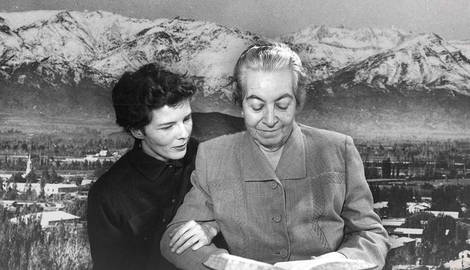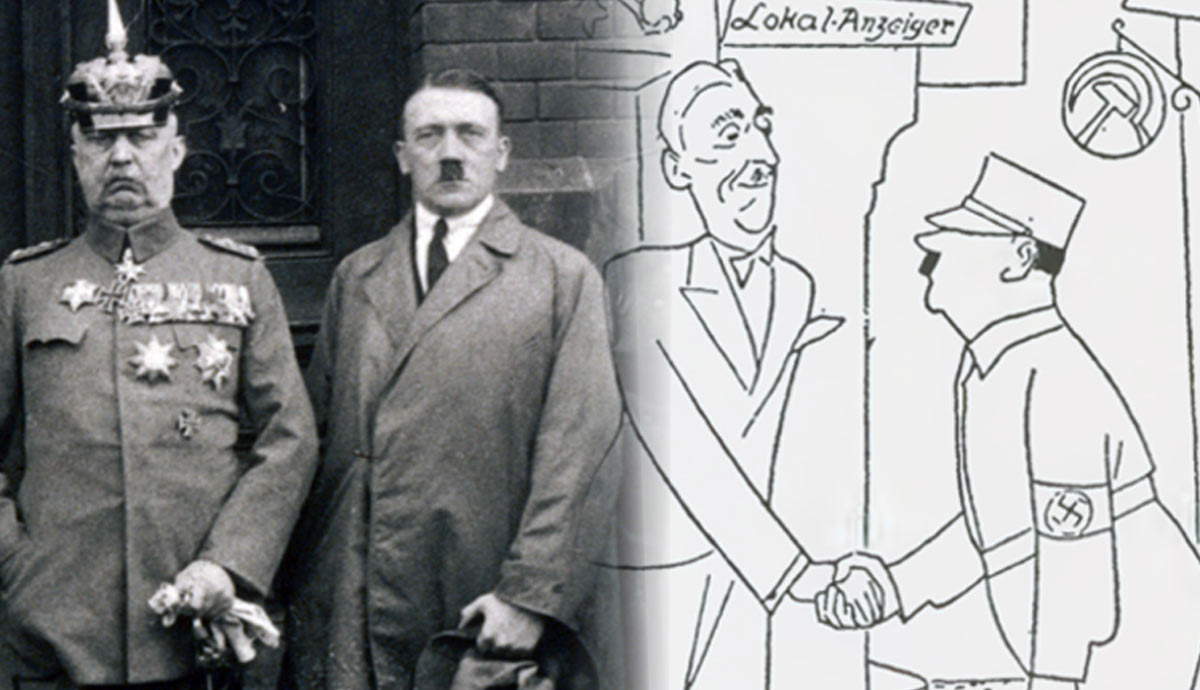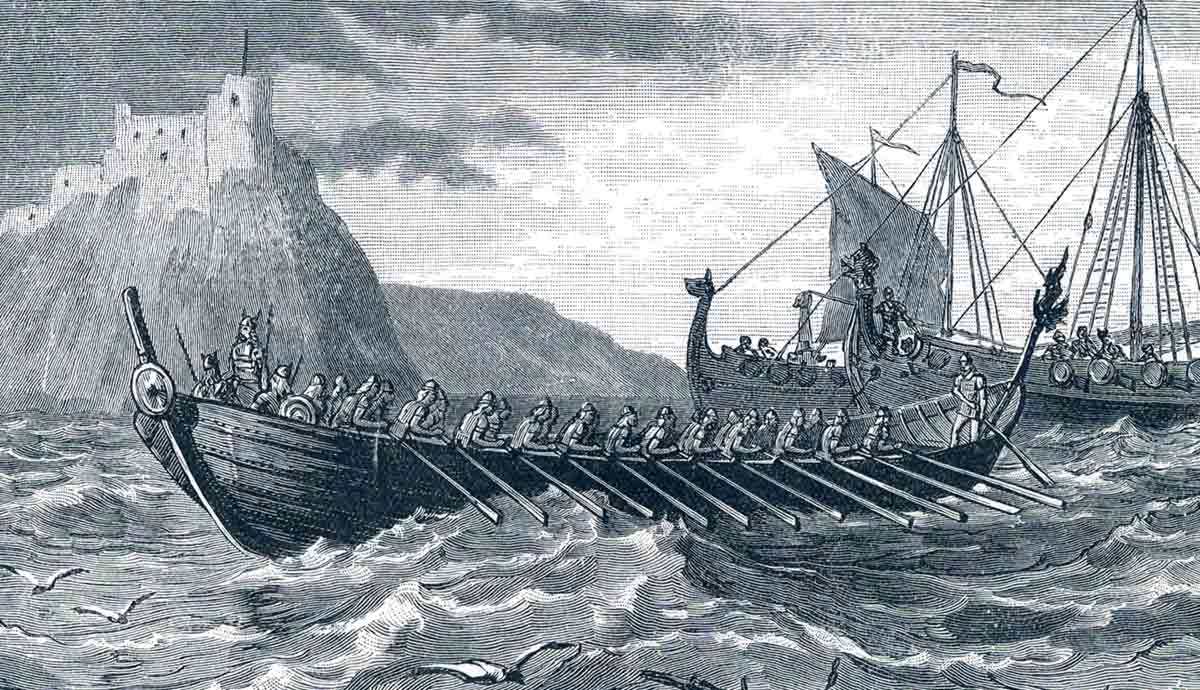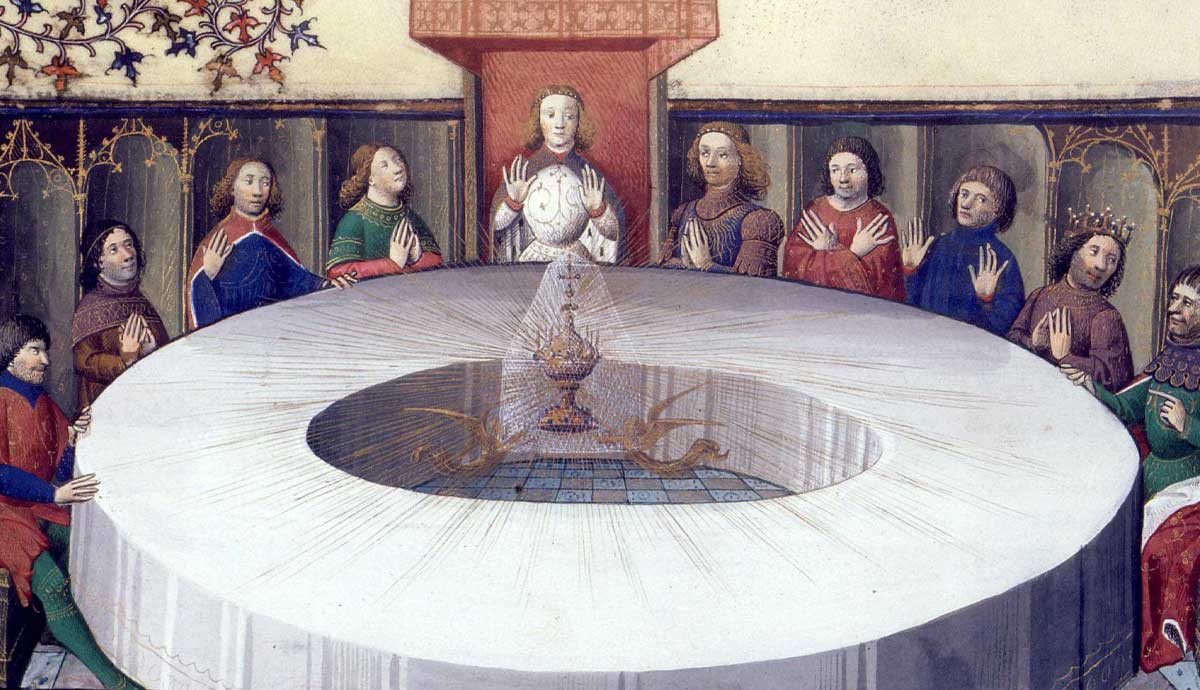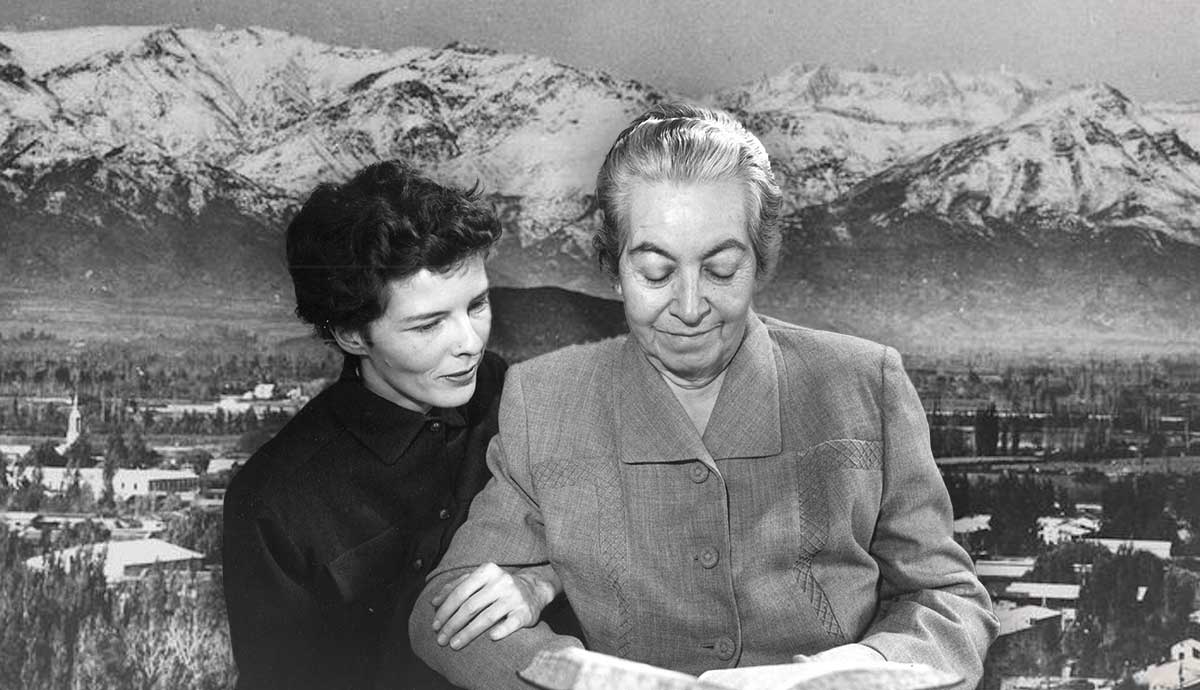
Gabriela Mistral was a woman who forged herself amidst nature, facing the sea and surrounded by books—a frustrated mother and lover who found in both teaching and poetry a way to escape her pain. A journey through her multifaceted life as an educator, intellectual, diplomat, and poet demonstrates her deep commitment to social justice, education, and women’s empowerment.
Gabriela Mistral: Educator, Activist, and Cultural Ambassador

Lucila de Maria Godoy Alcayaga, better known as Gabriela Mistral, was born on April 7, 1889, in Vicuña, in northern Chile. She grew up in a family of modest means, and her father left when she was three years old. She then moved, with her mother and sister, to Montegrande, a region she acknowledged as her true birthplace. Her childhood unfolded in landscapes filled with mountains and eucalyptus trees, which would leave a lifelong mark on her and shape her lyrical and contemplative gaze, capable of appreciating the world’s beauty in all its forms.
Her father’s absence caused a difficult economic period, during which they survived on the small income earned by Emelina, her mother’s daughter from her first marriage. The three were very close; Lucila recalls learning about the world through her mother’s words, the strong bond they shared, and her talent for conversation.
Mistral was deeply affected by the injustices people create through their insensitivity. Throughout her life, she retained the feeling that others sought to harm her, especially those from her own country. During her childhood, her schoolmates accused her of stealing. This experience, along with socio-economic problems, led her to leave school at the age of twelve. However, her desire to learn remained, so she became an avid reader and self-taught individual.

At fourteen, she began working in a small rural school, helping children learn to read. Her passion for teaching stemmed from her family roots: her father, a popular poet and village teacher, and her sister, also a teacher, who had instilled in her from a young age the noble art of teaching. Thus, teaching became her vocation and primary career from a very young age. Gabriela pursued her pedagogical path in different regions of Chile, from Antofagasta to Punta Arenas.
She did not have formal training as a teacher; she lacked the resources and had never been admitted to the Normal School. However, she managed to stand out due to her enthusiasm, creativity, and ease of communication with her students. In 1910, she was allowed to prove her knowledge and experience before the Normal School of Chile, which enabled her to teach at all levels.
From her early experiences in small rural schools, she developed a pedagogical ideal based on the development and well-being of children. She showed interest in different methods of learning to read, the quality of educational materials, and the role of libraries. For her, education was not only the transmission of knowledge or preparation for the workplace. Teaching, for her, was a constant dialogue with life experiences as they related to nature and social issues. She said, “Teach always: in the courtyard and on the street as well as in the classroom. Teach with attitude, gesture, and word.”

In 1922, she embarked on an international journey, leaving Chile to travel to revolutionary Mexico to collaborate on educational reform. Mexico was consolidating its national identity, and in the realm of education, Secretary José Vasconcelos aimed to implement reforms to provide free education nationwide, in a context where the majority of the population was rural and illiterate.
Mistral arrived in Mexico as part of the Cultural Missions. Coming from a country of slow social changes, she suddenly found herself in the vortex of an incredible whirlwind. Initially, her role was to give cultural and instructive lectures and write educational books. However, she threw herself body and soul into the task. She collaborated in creating popular libraries, textbooks, and reading materials. She was an untiring promoter of books, reading, and libraries. She traveled to different places in Mexico, implementing her project of outdoor schools, where she openly educated everyone, interacting with fishermen, workers, and peasants. Her time in Mexico allowed her to dedicate herself to writing as well as to getting to know the people, regions, and culture of the country in a profound and personal way. This gave her a new perspective on Latin America and its indigenous roots and a comprehensive vision of the American continent.

Subsequently, she led a somewhat nomadic life, a compulsion she attributed to her need to search for the perfect place to live in harmony with nature and society. She embarked on a tour of the United States and Europe, giving lectures. She returned to Chile briefly, but the political situation was so tense that she had to leave again. She began her diplomatic career at the League of Nations, and later, for 20 years, she worked as a consul for her country in various cities in Europe and America.
During these years, the event that marked her the most was the death of her nephew, whom she had taken into her custody when he was four years old and raised as her son. His life came to an abrupt end when, after moving from Europe to Petrópolis, Brazil, he was unable to adjust to his new environment. He was bullied by his peers, leading him to commit suicide at the age of 18 by ingesting arsenic. For Mistral this experience was decisive, and from that date onward she lived in constant mourning, in one of the darkest periods of her life, unable to find joy.
Mistral’s Poetic Sensibility

Alongside her teaching duties, Mistral enjoyed writing immensely. She began contributing to various regional newspapers using pseudonyms such as “someone,” “solitude,” or “soul,” fearing that her work as a teacher would be affected. Her early poems, along with the pseudonyms, expressed her solitary, introverted, and romantic nature.
One of her earliest well-known publications was “La instrucción de la mujer” (“The Education of Women”). It reflects a deep concern for women’s education and its importance as a factor in societal development, enabling them to stand on their own, not simply serve men.
Her first literary success outside the region came with her book “Sonetos de la muerte” (“Sonnets of Death”). It is speculated to be related to one of her lovers, Romeo Ureta, a railroad employee who committed suicide. It represents emotional turbulence and the multitude of images that emerge in mourning.
From then on, she began using the pseudonym Gabriela Mistral. The first name suggests either a youthful admiration for the poet Gabriele D’Annunzio or a reference to the archangel Gabriel. The second name, Mistral, is inspired by the poet Frédéric Mistral, but above all by the wind, as she explains:
“I have a great love of the wind. I take it for one of the most spiritual of the elements—more spiritual than water. I wanted, then, to adopt a name of wind, but not ‘hurricane’ or ‘breeze’; one day, teaching geography in my school, I was impressed by the description of the wind made by Reclus in his famous work, and I found in it that name: Mistral.”

While she was in Mexico, her first book, “Desolación” (Desolation), was published. It was the result of a spontaneous decision by a group of teachers to gather and publish the poems originally published while she was in Chile. This act demonstrated their appreciation and admiration for her.
The publication of “Desolación” brought Mistral international recognition and prestige, establishing her as a promising example of Latin American literature. She became a new female voice expressing the overlooked feelings of motherhood and of a solitary woman.
Unlike the previous one, her book “Ternura” (Tenderness) is quite joyful and hopeful, filled with the bustle of children and the wonder of nature. Dissatisfied with the current school poetry, she wrote a new one that deals with the subjects of childhood, maternity, and nature in a beautiful way without neglecting depth and delicacy.
She received the Nobel Prize in Literature in 1945, becoming the first Latin American to win it “for her lyric poetry which, inspired by powerful emotions, has made her name a symbol of the idealistic aspirations of the entire Latin American world.” Undoubtedly, it was a great recognition of her value as a poet, as even 50 years after her death, she continues to captivate readers with her spiritual quest for transcendent joy, contrasting with her love for the material aspects of everyday life and the landscape.

In her poems, one can observe how she champions women, peasants, children, teachers, and Indigenous peoples at a time when social issues were mounting in a country and continent blinded by the idea of progress. She delicately combines musicality with harshness and hope with despair.
In her long compositions, reminiscent of the charm of lullabies, there is the sense of a soothing maternal figure present, mixed with a nostalgic air and a profound enjoyment of the landscape, recalling its simplest elements like the air or the sun. This small excerpt from one of her poems, “Poem of Chile,” translated into English, captures her poetic tone:
Let’s go on together,
like a folktale brother and sister,
you casting a child’s shadow,
I scarcely a fern-shadow
O the joy in lonely places
when an Angel-Deer appears!
But turn back, fawn-huemul,
and don’t keep company
with this madwoman wandering
and blundering about the roads
because she’s forgotten everything
but a valley and a village.
The valley is called Elqui,
and Montegrande owns me.
The Two Faces of Gabriela Mistral

Gabriela Mistral emerges as a public figure, a great educator, diplomat, and intellectual. She battled numerous gender stereotypes of her time in order for her voice to be considered on par with that of men. Within her, there also exists a vigorous and rich social thought. Her leading causes were the land, Indigenous people, and women, as concrete faces of the Latin America she idolized and longed for. She advocated for education as a catalyst for change and social reform, as well as for the separation of cultural spheres from the state and the market.
On the other hand, there is a sensitive, spiritual Gabriela revealed through her literary work and letters, though most of her personal life remained hidden. This led to much speculation about her romantic relationships. No information about her partners beyond a few letters to fleeting lovers ever emerged. A woman like her was quite rare for her time, leading to rumors about her homosexuality and controversial relationships with other women. Due to these mysteries surrounding her life, her poetry has been interpreted as purely autobiographical, and her poetic voices are often confused with her own.
One of the most valuable aspects of her poetry is that readers can identify with the themes she writes about, such as nature, love, loss, and childhood. She manages to construct an intense monologue that captivates, like a song or a story; each person finds in Mistral’s voice an echo of their own life.
